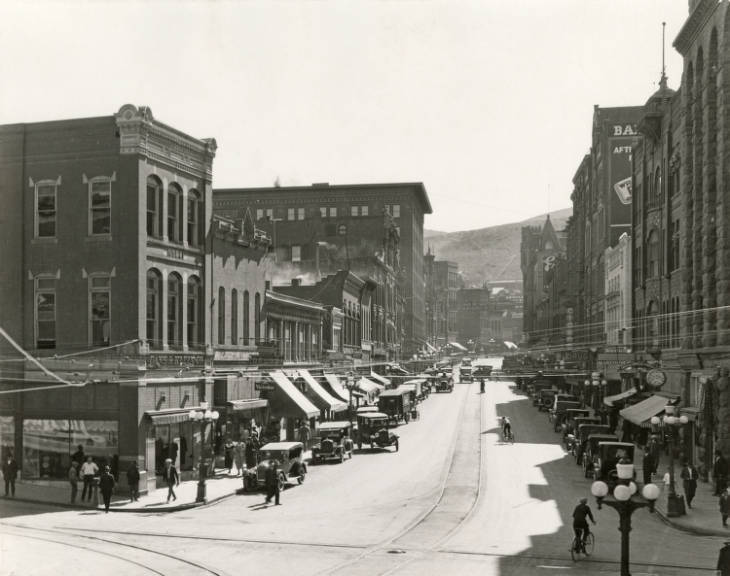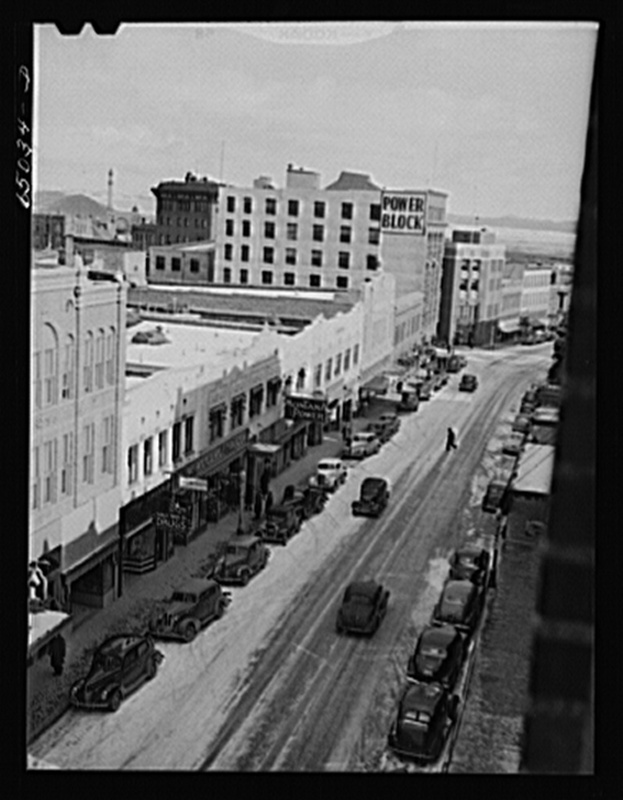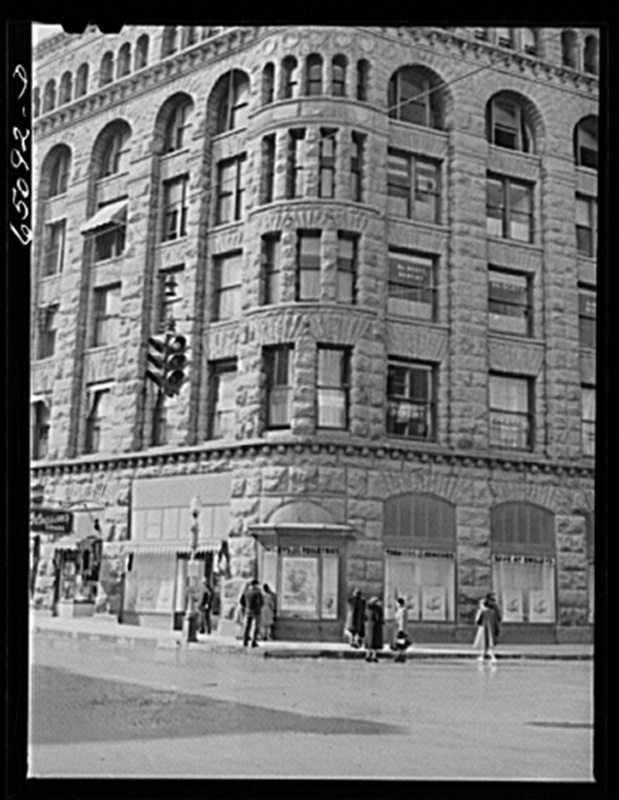Helena Historic District

The crooked path of Last Chance Gulch, weaving between original mining claims, memorializes Helena’s chaotic beginning as a gold camp in 1864. Within a year of the placer gold discovery, a boomtown flourished, with homes and businesses in tents and log cabins. Fire was both constant threat and regular scourge. In 1869, the downtown burned, replaced over the next few years by brick and granite business houses. Helena survived after the placer gold played out and population declined, because pioneer entrepreneurs had made it a financial center. Helena claimed the territorial capital from declining Virginia City in 1874, and the following year received one of the nation’s five U.S. Assay Offices—acknowledgment of extensive hard-rock gold and silver mining that replaced placer mining. The arrival of the Northern Pacific Railroad in 1883, and Helena’s election as state capital in 1894, confirmed the town’s survival. Downtown buildings in a great variety of architectural styles arose, many since lost to fires, earthquakes, and urban renewal. The panic of 1893 and end of guaranteed federal silver purchases slowed Helena’s early momentum, but the gold camp that survived grew gradually as a business and government center.
Images





